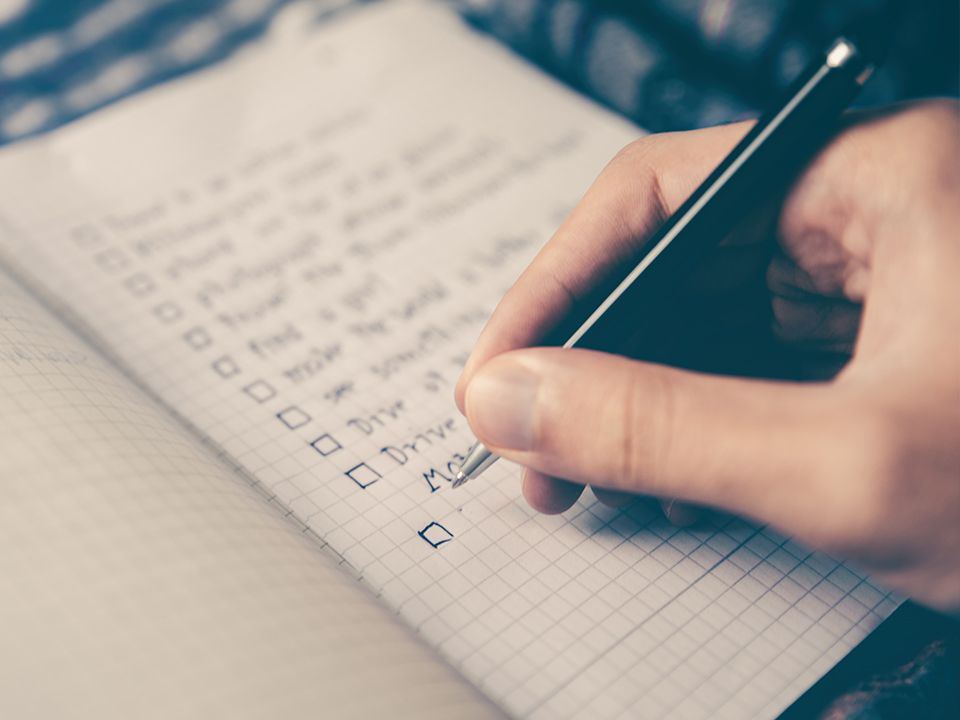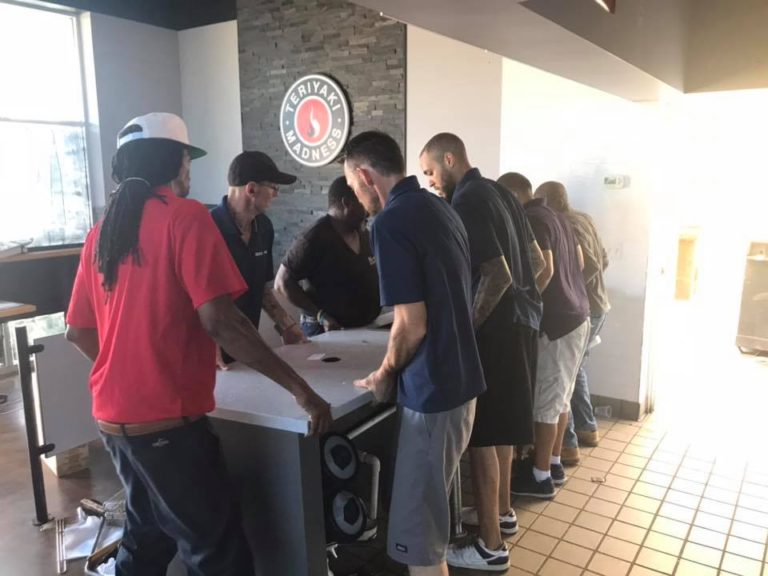MOVING CHECKLIST
Two Months Before
1. Sort and purge. Go through every room of your house and decide what you’d like to keep and what you can get rid of.
2. Research your mover. Websites, Google reviews, Facebook pages for constantly updated photo’s & videos.1. Sort and purge. Go through every room of your house and decide what you’d like to keep and what you can get rid of.
3. Create a moving binder. Use this binder to keep track of everything—all your estimates, your receipts, and an inventory of all the items you’re moving.
4. Organize school records. Go to your children’s school and arrange for their records to be transferred to their new school district.
Six Weeks Before
1. Order supplies if your packing yourself. Order boxes and other supplies such as tape, packing paper. Don’t forget to order specialty containers, such as dish packs.2. Use it or lose it. Start using up things that you don’t want to move, like frozen or perishable foods and cleaning supplies.
3. Take room and furniture measurements. Check room dimensions at your new home, if possible, and make sure larger pieces of furniture will fit through the door.
One Month Before
1. Call us and confirm the arrangements. Unlike our competitors, no deposits here, we just schedule you and call you the day before and morning of to confirm.2. Begin packing if your packing yourself. We only need 1 day prior to pack if you want a full pack & move. We do same day pack & moves for small pack jobs.
3. Start packing the things that you use most infrequently, such as the waffle iron and croquet set.
4. Label! Clearly label each box with its contents and the room it’s destined for. This will help you to keep an inventory of your belongings. Pack and label “essentials” boxes of items you’ll need right away.
5. Separate valuables. Add items such as jewelry and important files to a safe box that you’ll personally transport to your new home. Make sure to put the mover’s estimate in this box. You’ll need it for reference on moving day.
6. Do a change of address. Go to your local post office and fill out a change-of-address form, or do it online at usps.gov. But in case there are stragglers, it’s always wise to ask a close neighbor to look out for mail after you’ve moved. Check in with him or her two weeks after the move, and again two weeks after that. Notify important parties.
7. Alert the following of your move: banks, brokerage firms, your employer’s human resources department, magazine and newspapers you subscribe to, and credit card, insurance, and utility companies.
8. Forward medical records. Arrange for medical records to be sent to any new health-care providers or obtain copies of them yourself. Ask for referrals.
Two Weeks Before
9. Arrange to be off from work on packing, moving, and cleaning day. Notify your office that you plan to supervise the move and therefore need the day off.10. Tune up. Take your car to a garage, and ask the mechanic to consider what services might be needed if you’re moving to a new climate.
11. Clean out your safe-deposit box. If you’ll be changing banks, remove the contents of your safe-deposit box and put them in the safe box that you’ll take with you on moving day.
One Week Before
1. Refill prescriptions.2. Stock up on prescriptions you’ll need during the next couple of weeks.
3. Pack your suitcases.
4. Aim to finish your general packing a few days before your moving date. Then pack suitcases for everyone in the family with enough clothes to wear for a few days.
A Few Days Before
1. Defrost the freezer.2. If your refrigerator is moving with you, make sure to empty, clean, and defrost it at least 24 hours before moving day.
3. If you haven’t already, arrange to pay your mover with a credit card, get a money order, cashier’s check, or cash for payment and tip. If the staff has done a good job, 10 to 15 percent of the total fee is a good tip. If your move was especially difficult, you might tip each mover up to $50. Don’t forget that refreshments are always appreciated and make for a better move.





